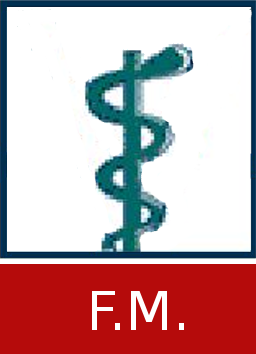Thesis, COLLÉGIALITÉ
Amdad, Nayila 
Promoteur(s) :
Espuny Camacho, Ira Mercedes 
Date de soutenance : 4-sep-2023 • URL permanente : http://hdl.handle.net/2268.2/18010
Détails
| Titre : | Thesis, COLLÉGIALITÉ |
| Titre traduit : | [en] GENERATION OF 3D BRAIN ORGANOIDS CONTAINING FUNCTIONAL MICROGLIA TO STUDY THE HUMAN BRAIN |
| Auteur : | Amdad, Nayila 
|
| Date de soutenance : | 4-sep-2023 |
| Promoteur(s) : | Espuny Camacho, Ira Mercedes 
|
| Membre(s) du jury : | Laguesse, Sophie 
Vandenbosch, Renaud 
Shostak, Kateryna 
|
| Langue : | Anglais |
| Nombre de pages : | 50 |
| Discipline(s) : | Sciences de la santé humaine > Multidisciplinaire, généralités & autres |
| Centre(s) de recherche : | GIGA Stem Cells |
| Institution(s) : | Université de Liège, Liège, Belgique |
| Diplôme : | Master en sciences biomédicales, à finalité approfondie |
| Faculté : | Mémoires de la Faculté de Médecine |
Résumé
[fr] Microglial cells are the immune cells of the central nervous system (CNS) and have major roles to maintain brain homeostasis such as immune surveillance, regulation of neuronal environment, synaptic organization, phagocytosis of debris and apoptotic cells, etc. Studies have shown a correlation between microglial dysfunction and various age related disorders like Alzheimer's disease.
Existing protocols allow to generate brain organoids (BOs) that contain almost all neuroglial cell types. Astrocytes, oligodendrocytes, radial glia, and neurons are present in the tissue of BO that have been in development for over 3 months. Although this model has allowed for an in-depth study of various aspects of neurogenesis*, it is still incomplete in terms of cell variety. In fact, microglia which take up between 10-15% of cells that make up the cortex, are absent in this model. This is due to the fact that astrocytes, oligodendrocytes, neurons, and radial glia all originate from the ectodermal layer, whereas microglia, similarly to macrophages and other immune cells, derive from the mesoderm. The implications of microglia in brain tissue physiology and their involvement in neuropathology including AD makes their inclusion into in vitro brain modelling essential to study cell-to-cell dynamics and mechanisms of diseases in a representative way.
In this project we aim to generate a human multicellular brain organoid model containing neurons, astrocytes, oligodendrocytes, and microglia cells, to study the role of microglial cells in the human brain. To do that, microglia cells will be generated from human pluripotent stem cells (hESC)-derived yolk-sac organoids through first collection of the secreted primitive macrophage precursors (PMPs) and second differentiation of PMPs into microglia cells in vitro. PMPs and microglia cells will be analyzed from a cellular, molecular, and functional point of view using RT-qPCR, immunohistochemistry, scratch assay, motility assay and calcium imaging. Our results show that our in vitro microglial cells express microglia-specific genes whereas they show low expression of macrophage precursor-specific genes. In co-culture conditions, the exogenous hESC-derived microglial cells successfully survive and integrate within brain organoids.
In conclusion, our results show the generation of a human multicellular brain organoid model through the co-culture of hESC-derived brain organoids and microglia cells which lays grounds for the study of the human brain and brain pathologies related to microglia.
Fichier(s)
Document(s)

 AMDAD Nayila - Master Thesis 2022-2023.pdf
AMDAD Nayila - Master Thesis 2022-2023.pdf
Description:
Taille: 12.78 MB
Format: Adobe PDF
Citer ce mémoire
L'Université de Liège ne garantit pas la qualité scientifique de ces travaux d'étudiants ni l'exactitude de l'ensemble des informations qu'ils contiennent.


 Master Thesis Online
Master Thesis Online




